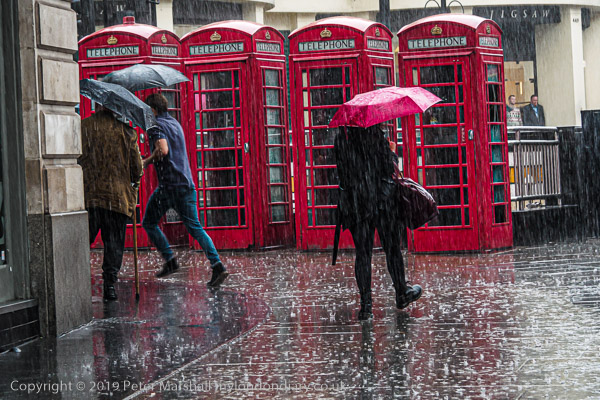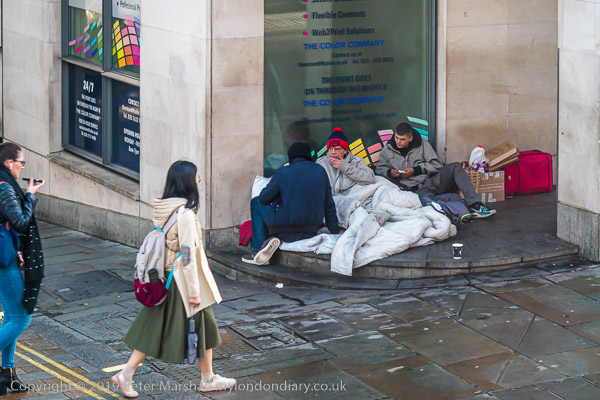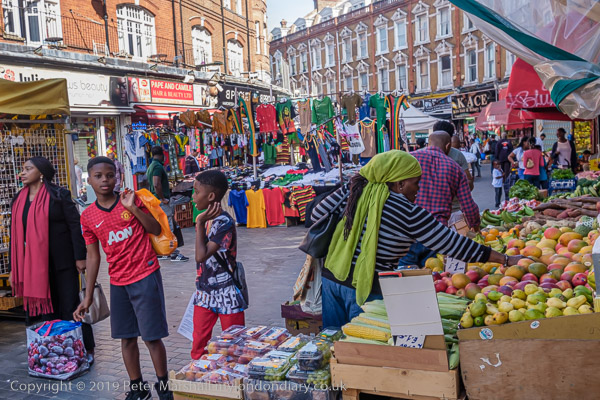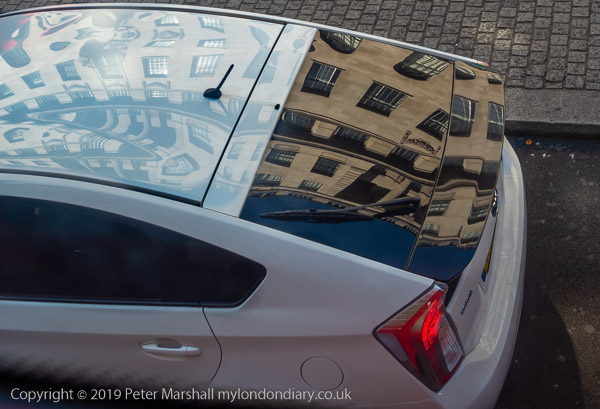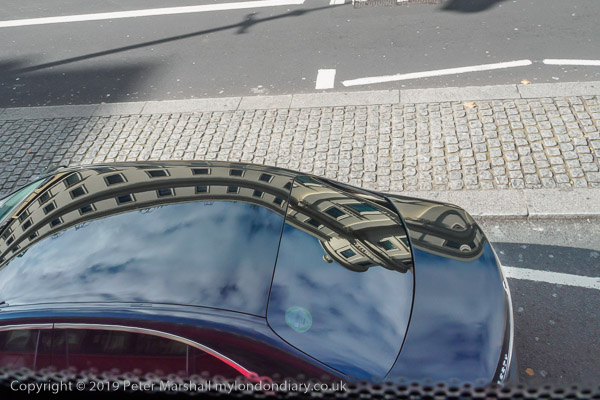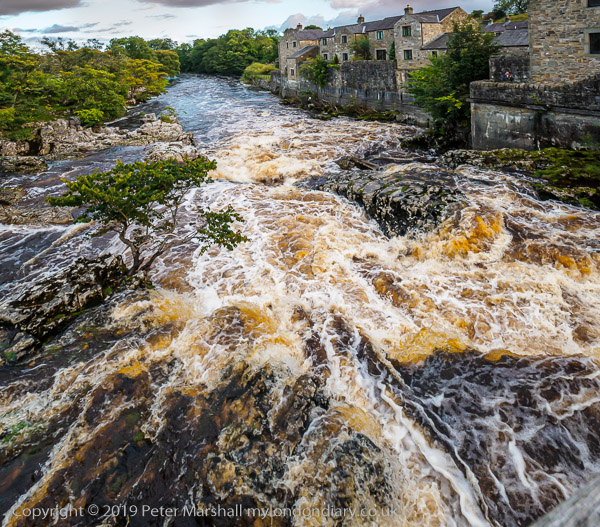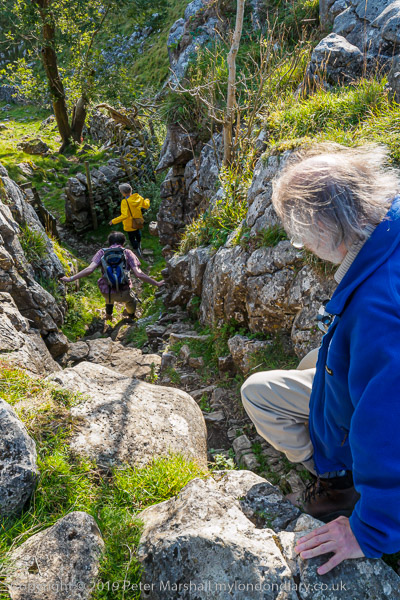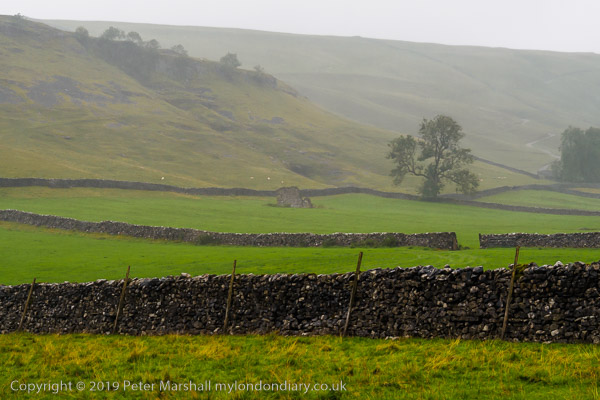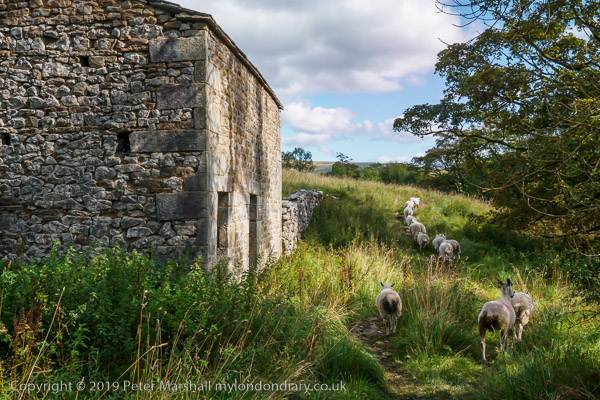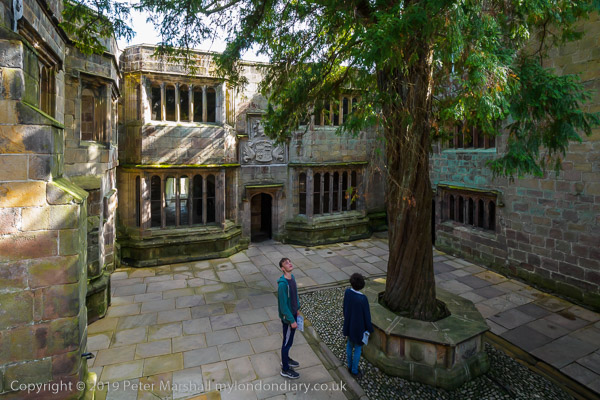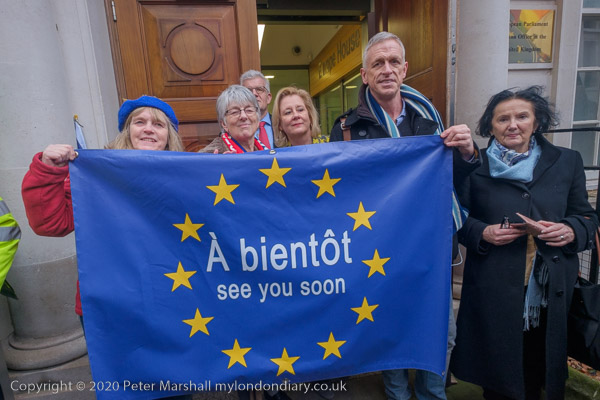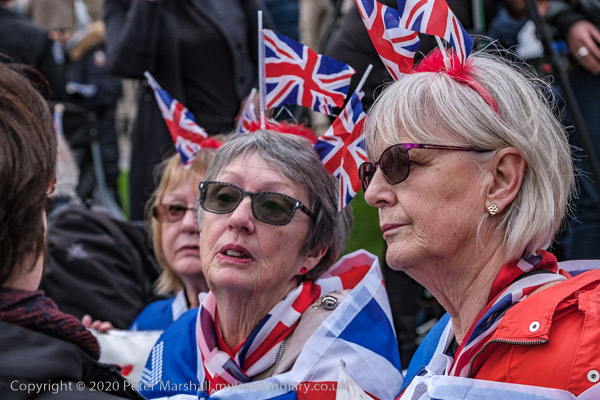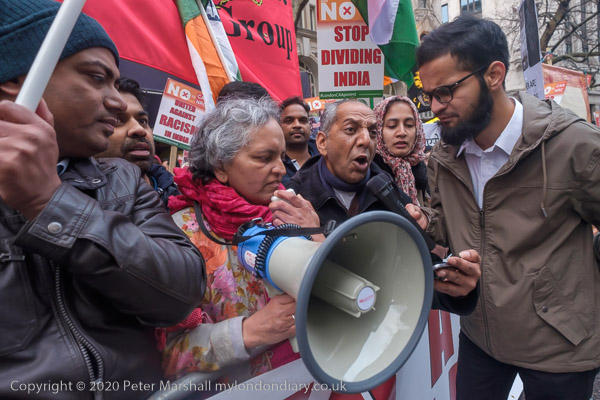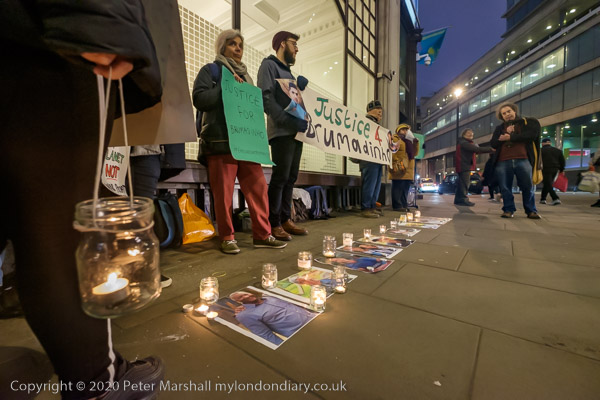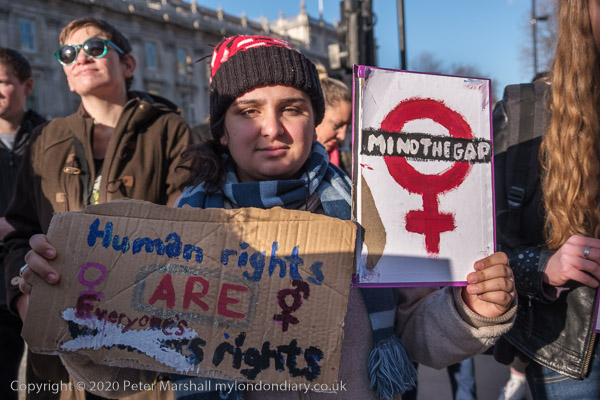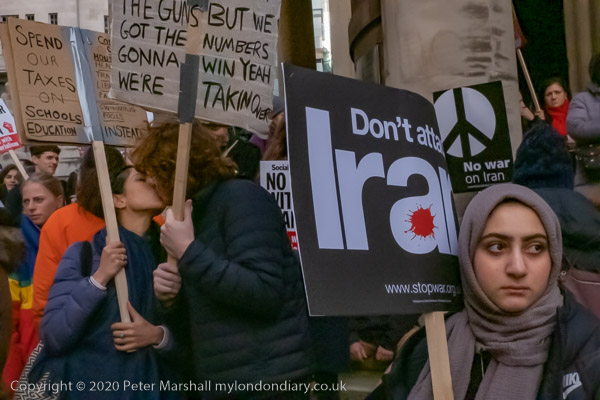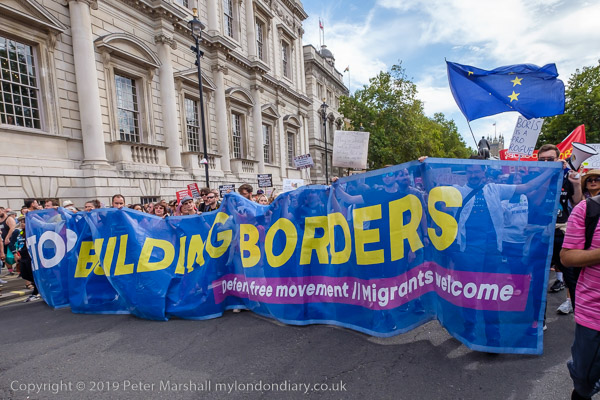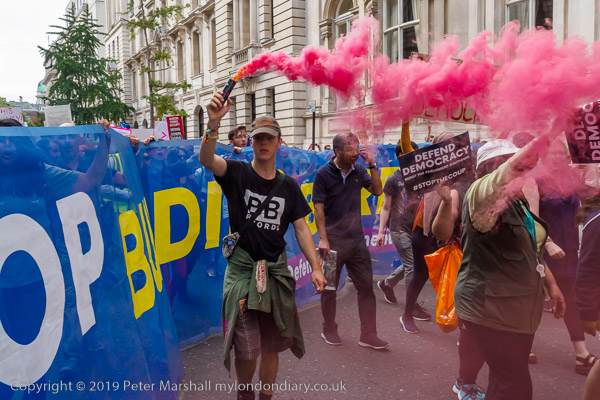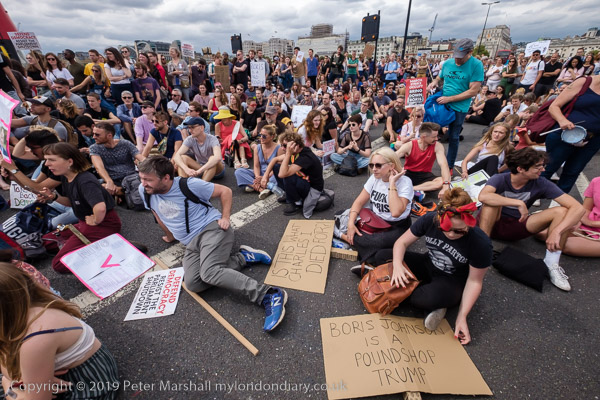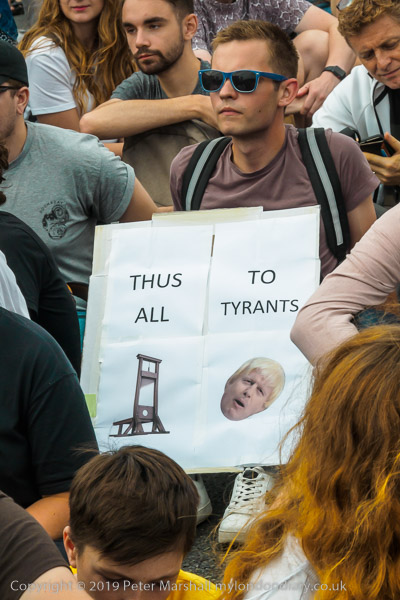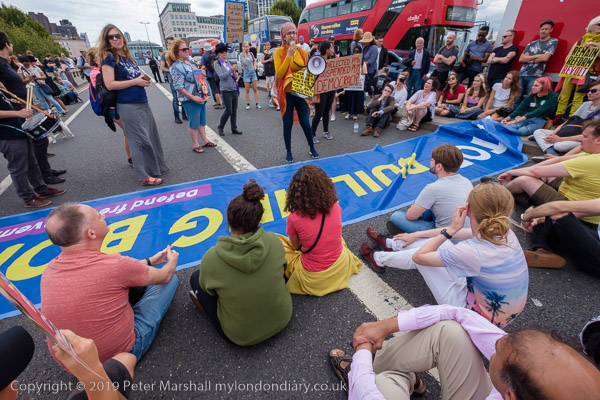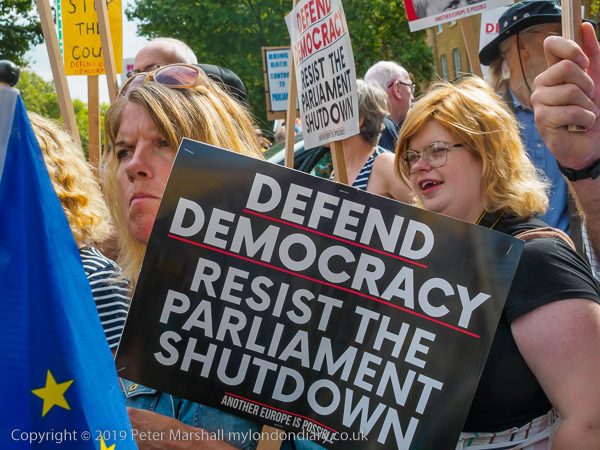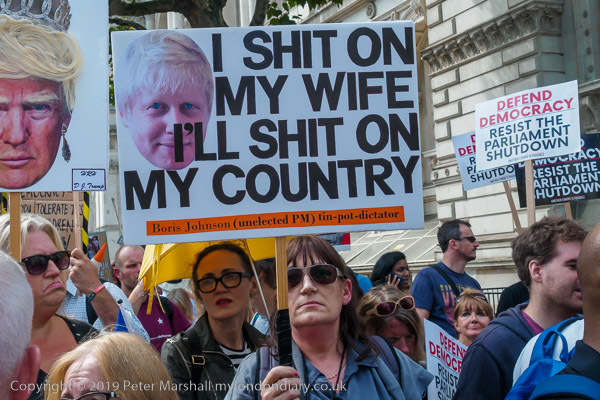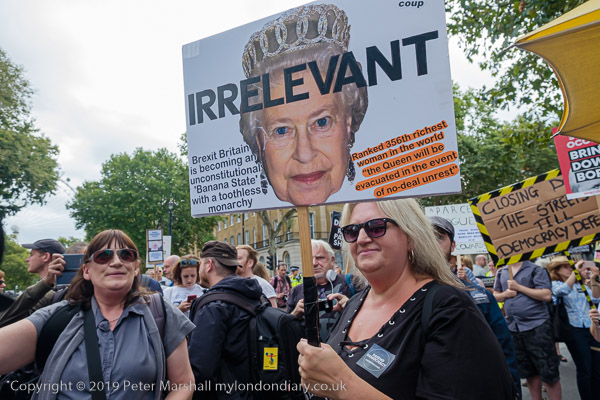
I hadn’t realised until I went to this event the terrible scale of the suicide crisis this country is now facing. It isn’t something that is entirely evenly distributed and I have to think for a long time to recall someone I know personally who has actually killed themselves. But while talking to a friend a few months ago she told me that over 20 people she had know had taken their own lives, all disabled people in desperate circumstances because of cuts in benefits, either because of unfair assessements or following benefit sanctions.
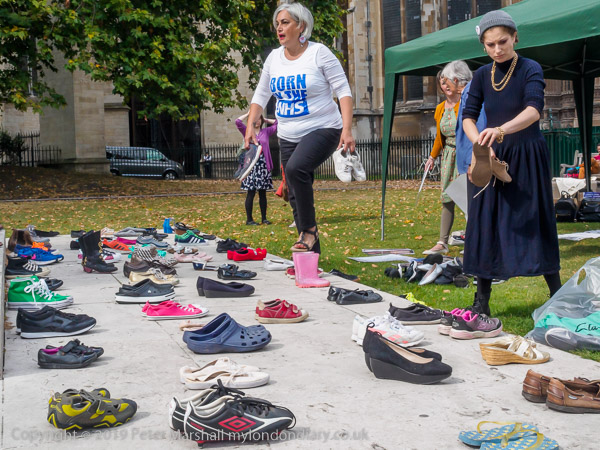
I had a shock a few weeks ago, waiting for a train at a busy London station, standing on the platform when something had clearly gone wrong, with railway staff running down the neighbouring platform to stop an incoming train. I glanced back down the track and quickly turned away as some distance away there was clearly a body and a great deal of blood on the line. My train was just coming in and I got on and left without knowing what had happened, but several times a year the trains on my own line are halted because someone has jumped in front of a train at another station.
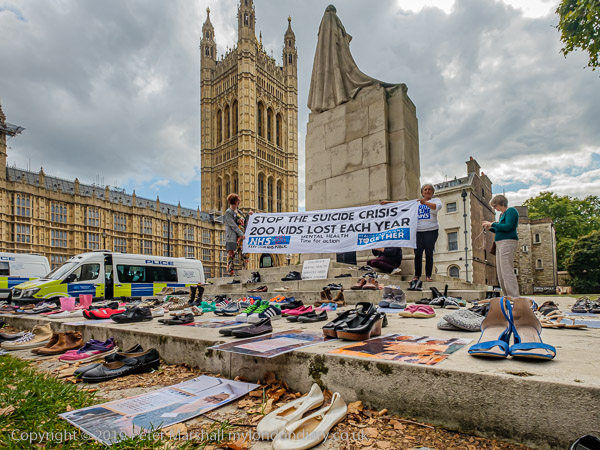
The last person I knew who did so was a photographer, Bob Carlos Clarke, who in 2006 walked out of the Priory Hospital in Barnes and threw himself in front of a train at a nearby level crossing. A year or two earlier I’d had some long telephone conversations with him about his book ‘Shooting Sex: The Definitive Guide to Undressing Beautiful Strangers’ and he had sent me a CD-Rom with some of his pictures, though I don’t think I ever got round to writing more than a short note about it – it wasn’t my sort of photography.
I’d come across suicide – or rather attempted suicide – at a much closer distance in my teenage years when I’d actually interupted someone who was trying to electrocute themselves, pulling away one of the mains wires they had wrapped around a finger and had burnt into their flesh. It was an event that seared itself into my mind too.
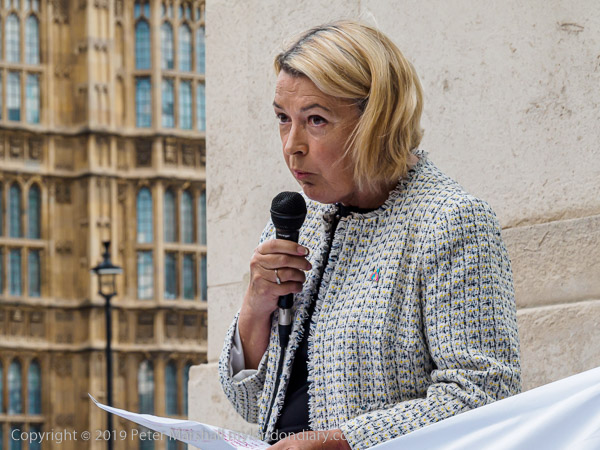
What shocks me now are the statistics on teenage suicides, with UK official figures showing more than 200 school age children now kill themselves each year. The campaigners were laying out 200 pairs of shoes to represent these 200 fatalities, 200 lives ended. One of the main factors that lead to this is the failure of mental health services, which simply lack the resources to deal eefectively with the problem, particularly with the problems of young people. Speakers told some horrific stories of teenagers waiting for months to get the specialist care they desperately need or at being let down by what care is provided.
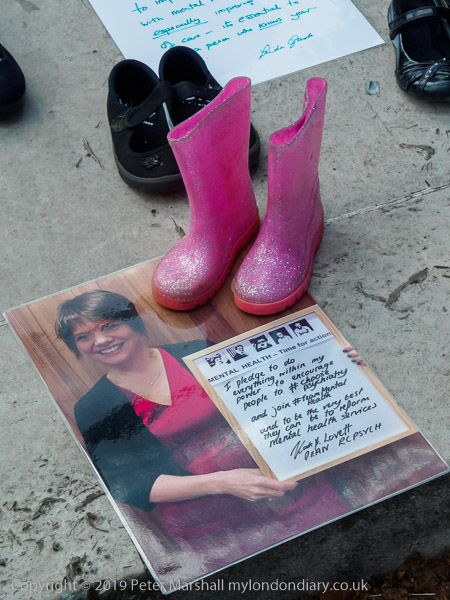
A number of MPs and others had pledged support and some were shown on posters with their promises in writing, GPs and psychatrists came to speak, along with both the Shadow Minister for Mental Health & Social Care Barbara Keeley and Shadow Secretary of State for Health Jon Ashworth came and pledged a Labour government to action. But unfortunately we haven’t got a Labour government.
More at: Stop the suicide crisis.
All photographs on this and my other sites, unless otherwise stated, are taken by and copyright of Peter Marshall, and are available for reproduction or can be bought as prints.
There are no adverts on this site and it receives no sponsorship, and I like to keep it that way. But it does take a considerable amount of my time and thought, and if you enjoy reading it, please share on social media.
And small donations via Paypal – perhaps the cost of a beer – would be appreciated.
